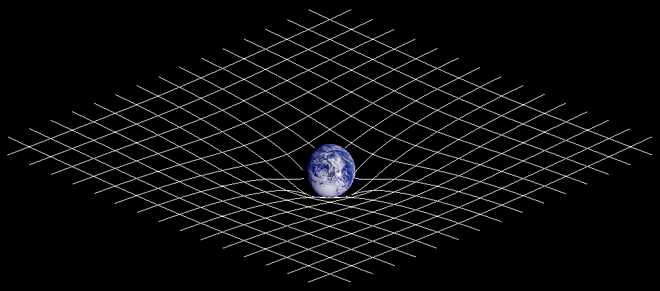Black holes are one of astronomical things that fascinate me the most. They are oddities of the universe that until recently we didn’t even know if they existed. Now however thanks to new studies and NASA’s NuSTAR (Nuclear Spectroscopic Telescope Array) telescope we know more about them. So please read on and come and share my interest in these strange phenomenon that effectively are giant vacuum cleaners without the ability to get back that piece of Lego you sucked up.
Lets start with a man named John Michell, who was a philosopher and geologist who came up with the theory that of what a black hole is. He decided that what if there was an object that had so much mass it would have an escape velocity (velocity required to leave a gravitational force) higher than that of light, which is about 300, 000 km a second, nothing could escape it. Not even light could escape the gravity of a black hole. You may ask then something with mass is hardly a hole, and you would be right. A black hole is actually not a hole, its a very large object (billions of miles across) that is extremely dense.
Gravity is caused by the mass of an object. You may know of the experiment Einstein carried out to prove his theory of general relativity. The one were he puts a ball on a piece of fabric. This may sound complex but keep with me. Look at the below image for a second.

Credit: ideonexus.com
As you can see any object floating past earth in the about image will fall towards earth, hence gravity. Now imagine an object so dense and heavy that it pulled this fabric down into infinity. Like this image:

Credit: vacuumsingularity.wordpress.com
Basically its nearly impossible to get out if this hole. The fabric I speak of is known as “space-time”, and this deformation is caused by the large and heavy object known as a black hole. You can actually try this at home if you want. Hold out a piece of fabric and put a large ball in the middle, like a marble or something. Now put a smaller ball on the fabric and watch what happens. The small ball will roll towards the large ball. That satisfied feeling you just got is like what Einstein felt when he discovered the same thing.
So How Do We Know Black Holes Exist?
Well we can see what they are doing. The problem is they suck in light, and as you know we see objects when light bounces off them, so we actually can’t see black holes. We can however see the effect they have on nearby stars.
NASA’s NuSTAR (Nuclear Spectroscopic Telescope Array) has been made to see X-ray’s emitted from way out into the universe. This is useful because when objects get to the point of no return of a black hole they start to spin around it very very fast, which in turn heats them up to ridiculous temperatures. At this temperature they emit X-rays just before they disappear into the black hole. NASA’s NuSTAR can see this and calculate the rotation speed of the black hole, which is very fast. A nearby galaxy called NGC 1365 (original I know) has been watched by NASA and the black hole in the center appears to be spinning at nearly the speed of light.

Credit: Space.com
In the above image you see a galaxy called M81 (sounds like a large screw size) which looks like most galaxies do, I want you to notice how it looks. Don’t you think it looks like its spinning? I think so too, and guess whats causing that?
So Where Did Black Holes Come From?
Well, scientists aren’t completely sure about that at the moment. It is believed that a lot of them came from the death of large stars. When the large star dies it collapses and so becomes very dense and starts sucking in things and so it grows. I once heard that black holes are so dense that it would be the equivalent of squeezing our sun (1.3 million km in diameter) into the something the size of a football. Considering that some blacks holes are thought to be millions of kilometers across there’s quite a lot inside there, a bit like a woman’s handbag.
Anyway I hope you enjoyed learning about some of the strangest things in the universe. If you want to know even more then go read the Wikipedia page here and learn all you can!
